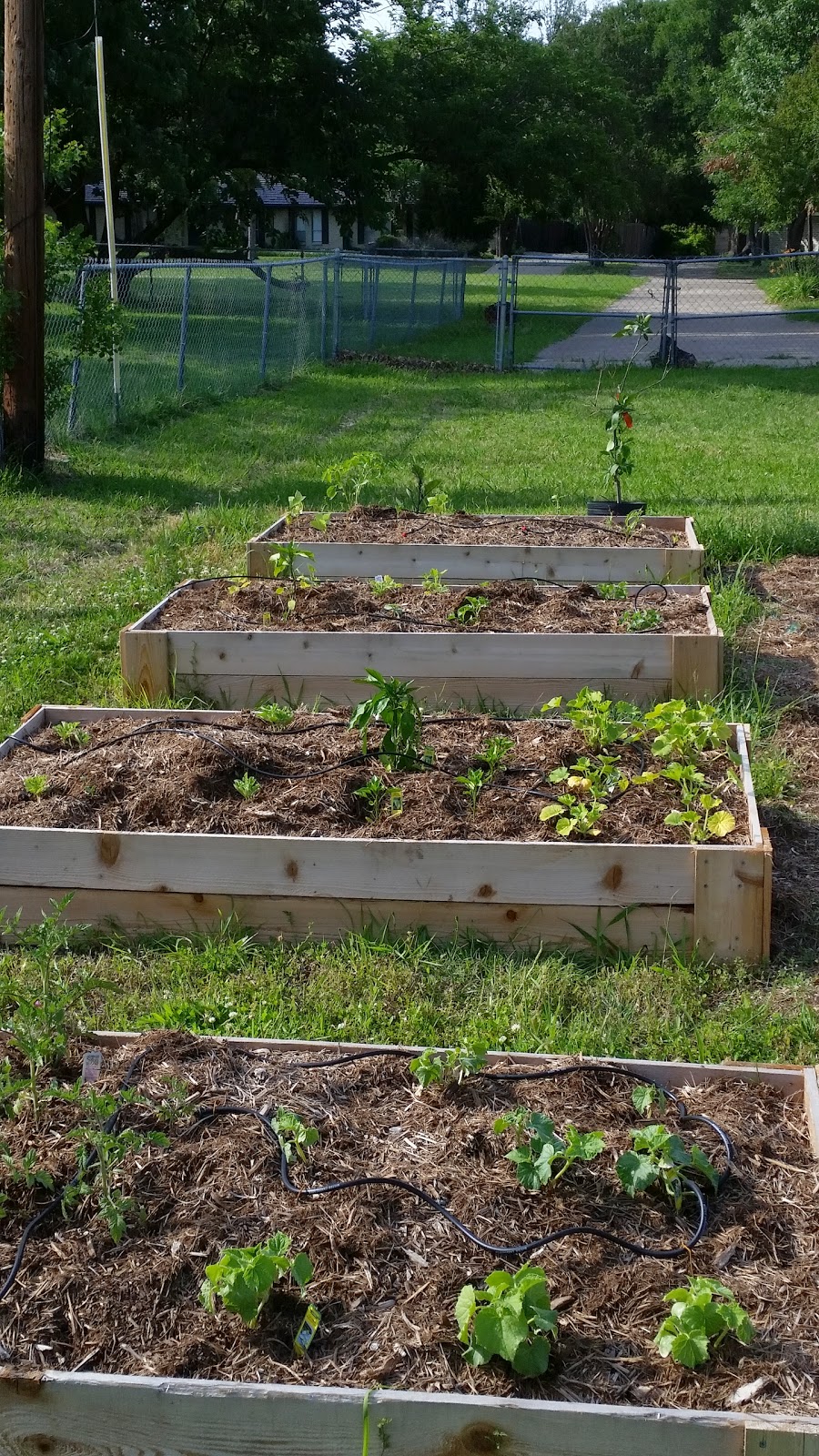We're starting to get some small fruits of our labor, but the late start due to a late freeze, and the drip irrigation not being installed until the end of May led to a late harvest. We're hoping to get a bit more out of the garden before the heat kills everything.
On the inside, we're still in a holding pattern, waiting for funding and time to do some more work. We're looking to start with re-drywalling the entryway and dining room (and checking for any termite damage), and then getting new trim up in the living area. We're beginning to formulate a kitchen remodel plan, but don't know exactly when that will happen. Perhaps next spring?
I've been a bit busy over the last few weeks fixing some plumbing issues. The faucet had started leaking in the master bath, and so I had to replace it. As part of that, I needed to replace the drain pipe as well. Upon further investigation, I realized that I needed to replace all of the drain under the sink, all the way to the wall!
Here are a few tips from that experience:
- There is ALWAYS a proper pipe for the thing you need to do... don't compromise and silicone things together (this is why I decided to replace the whole thing... there was a pretty sketchy silicone job on one of the joints)
- Avoid rubber adapters like the plague. If you need to use a flexible line, make sure it's the same diameter at both ends.
- Also, avoid vinyl flex line... It's practically impossible to get a watertight seal!
- Plumber's putty makes a better seal than silicone, in my experience. The first run-through, the silicone didn't adhere to the drain nor the sink. The second run-through had no leaks using plumber's putty
- Assemble the entire thing outside the sink before trying to install it. You'll find so many issues doing that.
- Get a pile of towels and a bucket or two... water will leak, and it will soak into the cabinet.
- There is a right direction and a wrong direction for the little plastic O-rings between the pipes. If you get it right, it's watertight. If you get it wrong, you can tighten it to Hulk-like tightness, and it will still leak.
One of the big outdoor things that needs to happen ASAP is a trellis structure between the raised beds. Currently everything is growing on the ground, and while that is OK, it would be so much nicer to have the cucumbers, squash, beans, and tomatoes growing up rather than out.



















































